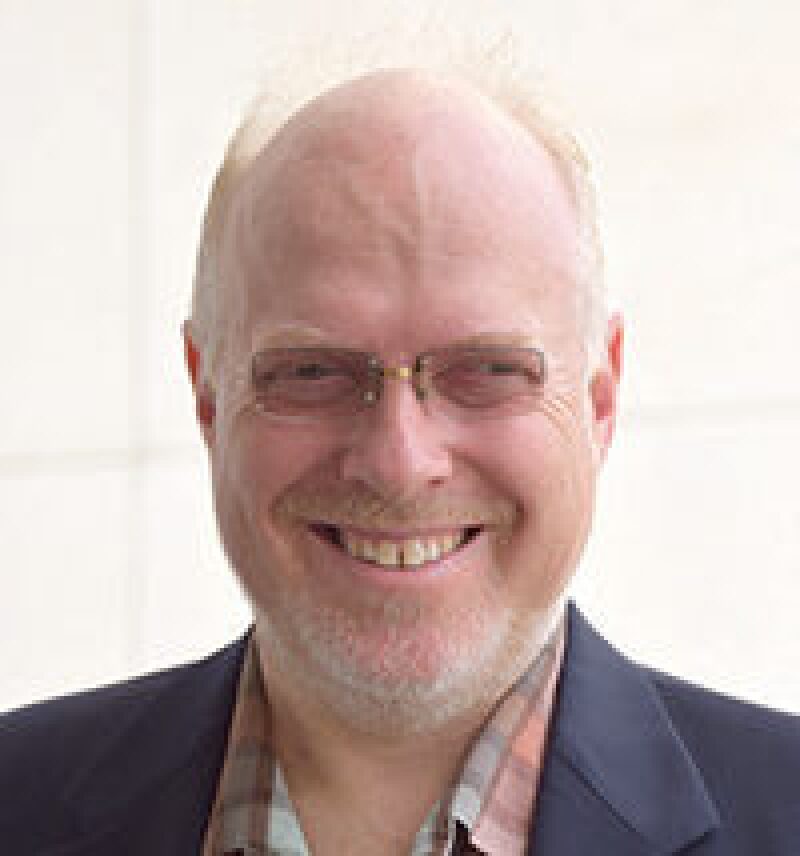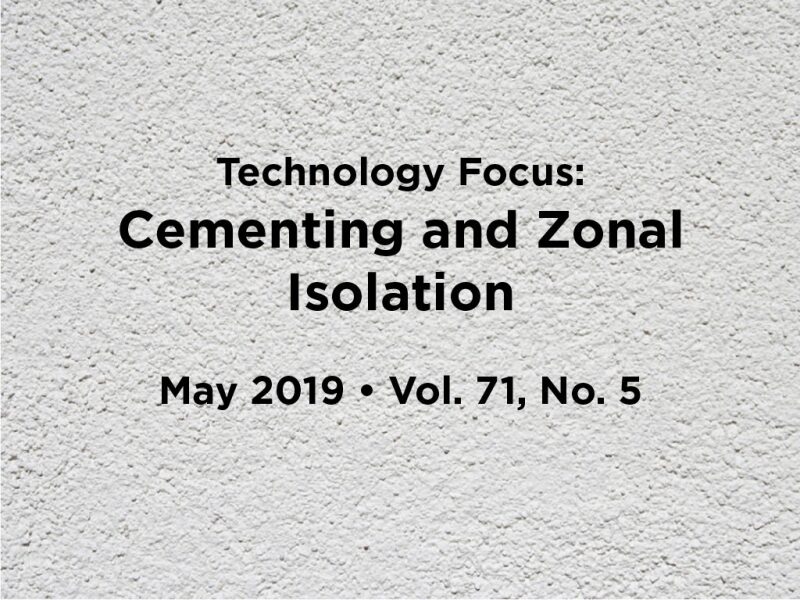Cementing and zonal isolation are critical through the life cycle of the well. As I read through the cementing papers that were presented this year, I observed discussions on cementing and zonal isolation during drilling, completion, and abandonment activities.
I am encouraged that we, as an industry, continue to refine and tweak our practices to solve zonal-isolation and cementing challenges in every well environment in which we work. Numerous papers not included here target improving cementing applications. Discussions about the mitigation of losses, low-density slurries, foam-cement slurries, spacer design, centralizer programs, expanding agents, flexible cement, and the management of narrow pressure margins are spread throughout SPE conferences. As cementing techniques are improved, so, too, are the cement-evaluation methods and work flows. The proof of zonal isolation is important to many, including resource owners, operators, regulators, land owners, and other stakeholders.
As we drill longer extended-reach and horizontal wells, we continue the quest for zonal isolation using new technologies. Paper SPE 191561 discusses the mitigation of mud channels in horizontal wells drilled with nonaqueous drilling fluids. Academia has been experimenting and investigating placement practices. Recommended additional reading paper
SPE 191989 explores the balance of buoyancy and eccentricity in both regular and irregular geometries.
Another technology that is becoming more prevalent is the use of managed-pressure drilling, which leads to the need to understand managed-pressure cementing (MPC). Recommended additional reading paper SPE 191344 provides a case study for the use of MPC in both riserless mud recovery and controlled mud level applications.
Abandonment is the final zonal-isolation activity in the well life cycle. The application of alternate materials continues to be discussed in all of our conferences. Paper SPE 193118 demonstrates the use of bismuth and thermite as an abandonment material. Paper SPE 191607 discusses the activation (and proof) of shales for zonal isolation. And finally, recommended additional reading paper SPE 191335 provides insight into the ultimate objective of cement-plug integrity.
This Month's Technical Papers
Well-Abandonment Solutions Use Bismuth and Thermite Effectively, Safely
New Interactive Cementing System Improves Zonal Isolation in Horizontal Wells
Activating Shale Can Create Well Barriers
Recommended Additional Reading
SPE 191989 Displacement Efficiency for Primary Cementing of Washout Sections in Highly Deviated Wells by Alondra Renteria, University of British Columbia, et al.
SPE 191335 Cement Plug Hydraulic Integrity—The Ultimate Objective of Cement Plug Integrity by Axel-Pierre Bois, CURISTEC, et al.
SPE 191344 Experience Using Managed-Pressure Cementing Techniques With Riserless Mud Recovery and Controlled Mud Level in the Barents Sea by E. Claudey, Enhanced Drilling, et al.
SPE 193965 Caprock Restoration in Well Abandonment: Fit-for-Purpose Well-Abandonment Design Through Work Flow Optimization and Integrated Assessment by Jing Zhi Kueh, Petronas, et al.

| Gunnar DeBruijn, SPE, is a principal engineering instructor for Schlumberger. He has 28 years of experience working in the oil industry, mostly in cementing. DeBruijn has worked across North America and in deep water around the world, supporting cementing and well-integrity initiatives. His current focus is on training and competency development for the worldwide cementing sector. DeBruijn also regularly contributes to industry standards. He holds a BS degree in mechanical engineering from the University of Alberta. DeBruijn serves on the JPT Editorial Committee and can be reached at gunnar1@slb.com. |


